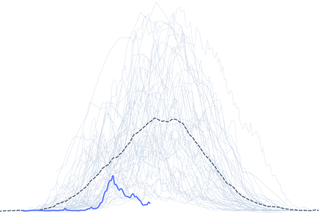Earth had another record-warm month. It was also the second-wettest January on record.
After a brief respite, the stratospheric polar vortex is expected to weaken again, and another major sudden stratospheric warming could be on the way.
An arctic air mass brought bitter cold and snow to much of the nation in mid-January; powerful storms brought heavy rainfall and flooding to parts of the Southern Plains.
Last year's marine heat wave and coral bleaching was so unprecedented, NOAA had to add new risk levels to this satellite-based monitoring scale.
A major disruption of the stratospheric polar vortex occurred. What happens next? The stratosphere will try to communicate its artistic vision down to the troposphere, but the troposphere may have its own masterpiece in mind.
In a record going back to 1850, Earth hasn't had a year colder than the 20th-century average since 1976—almost half a century.
The latest forecast says a major disruption of the polar vortex is on its way, but the stratosphere has been acting up for a while. Our bloggers explain what it might mean for U.S. weather.
Will December's mild weather continue in January, or will winter finally rear its ugly (and cold) head?
Before 2023 officially wraps up we want to highlight some of the climate related stories, maps, and graphs that we brought you over the past year.
